Why harm reduction especially for young people who use drugs?


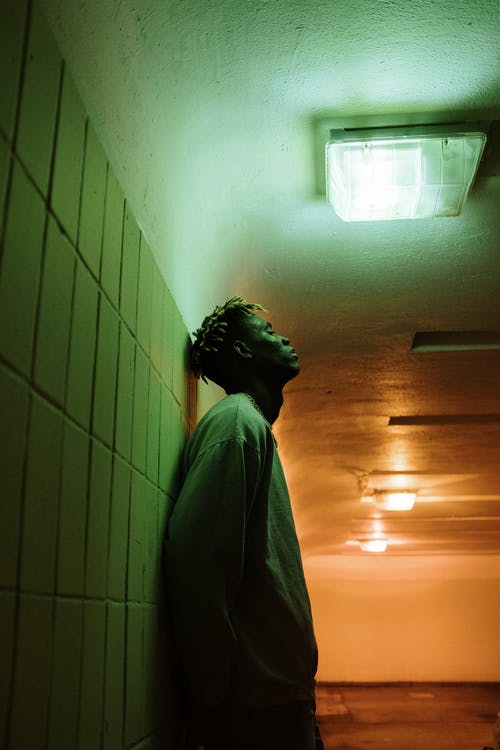
People who use drugs (PWUD) are known to experience stigma, infringement of human rights, health risks, and barriers in accessing SRHR, healthcare and harm reduction services. Young people who use drugs (YPUD) face additional barriers, for a number of reasons.
For example:
- Laws and regulations prevent from providing services to YPUDs;
- Service providers often do not have sufficient knowledge on the specific needs of YPUDs;
- YPUDs lack awareness on health risks and don’t have access to supportive networks and communities.
Meanwhile, young people who use drugs are at higher risk to contract HIV. They often engage in specific, age-related risk-behaviours and encounter severe stigma, discrimination and violence. This may cause serious (mental) health and or social problems. This calls for engagement with YPUDs and the development and promotion of tailored harm reduction services.
This web-page offers a brief overview of harm reduction services for YPUDs (14 to 24 years of age) and links to available external resources for those who are interested to learn more.
This website was developed on the basis of activities and lessons learned through the Young, wild and…. Free! Programme, with the financial support of the Dutch Ministry of Foreign affairs. This digital summary is designed by Mainline.



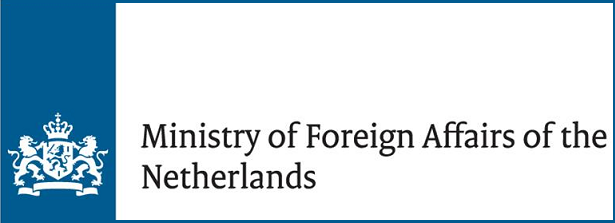



Local harm reduction and support services targeting young people who use drugs
TB HIV Care in Durban (South Africa)
Young people were demotivated to access healthcare facilities, mainly because they encountered stigma. We wanted to shift the perspective from an abstinence approach to a more friendly harm reduction approach among healthcare professionals.
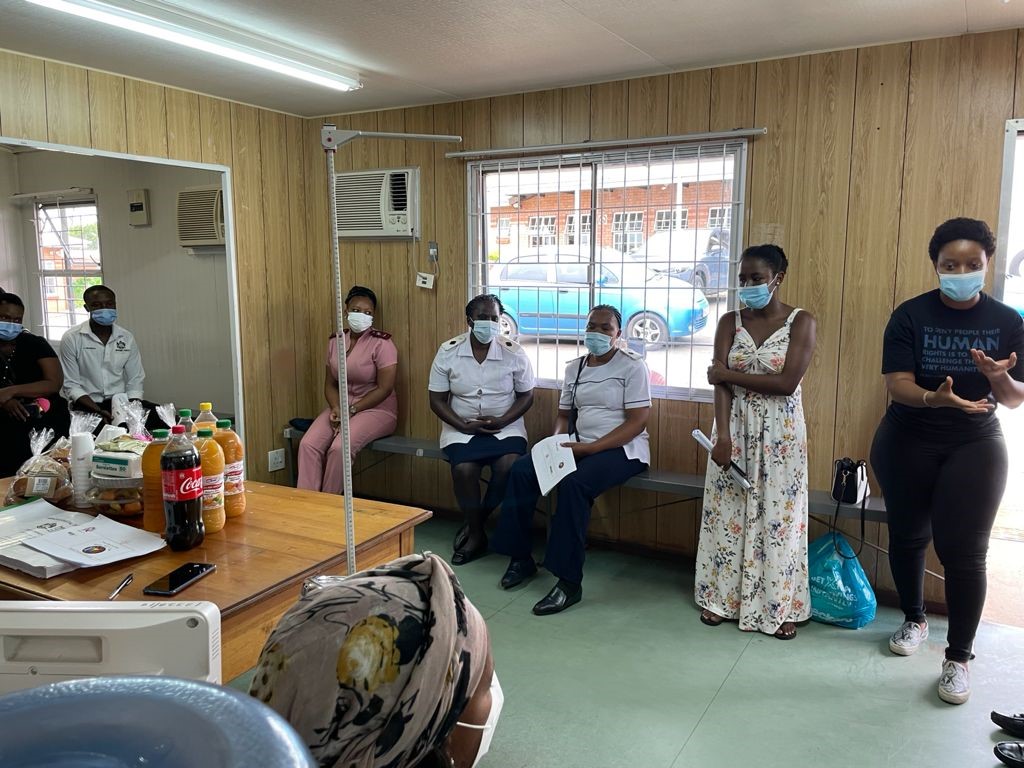
Based on Community Based Participatory Research (CBPR) in 2020, TB HIV Care reached out to young people who use drugs, among other young key populations, including LGBTQI+ and sex workers, between the ages of 16 and 24 years.
In 2021, this was done through various interventions in Durban, South Africa. This included:
- Advocating for regulated substance use;
- Individual and group psychosocial services;
- Educational and awareness activities through Facebook;
- Sensitization trainings on working with young people for healthcare professionals;
- Distribution of dignity packs;
- An edutainment soccer event where young key populations participated and policy makers were reached.
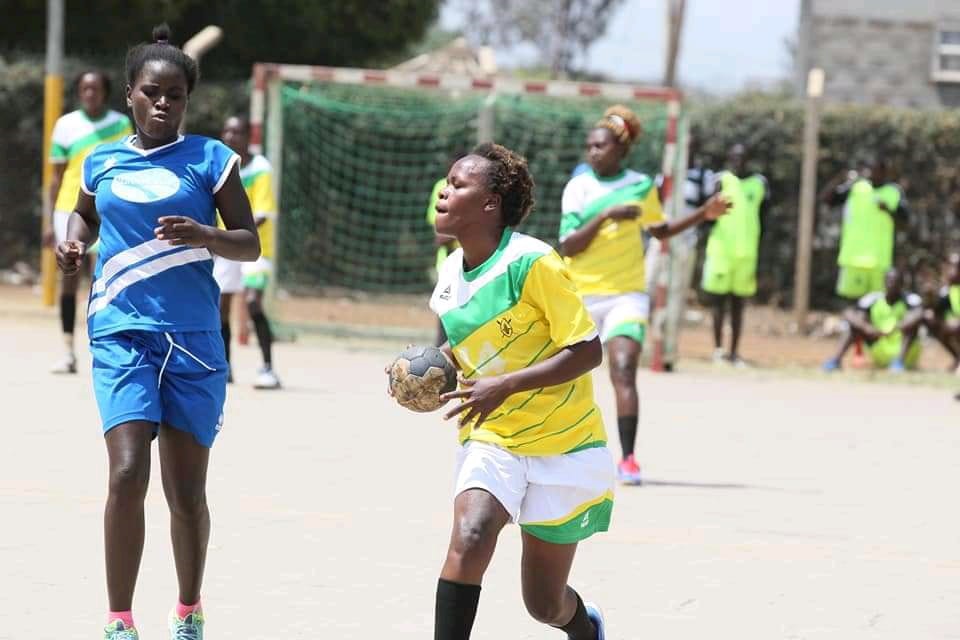
MEWA in Mombasa (Kenya)
In our project we wanted to improve access to drug prevention , address complex interrelation issues and improve access to health and increase self-efficacy.
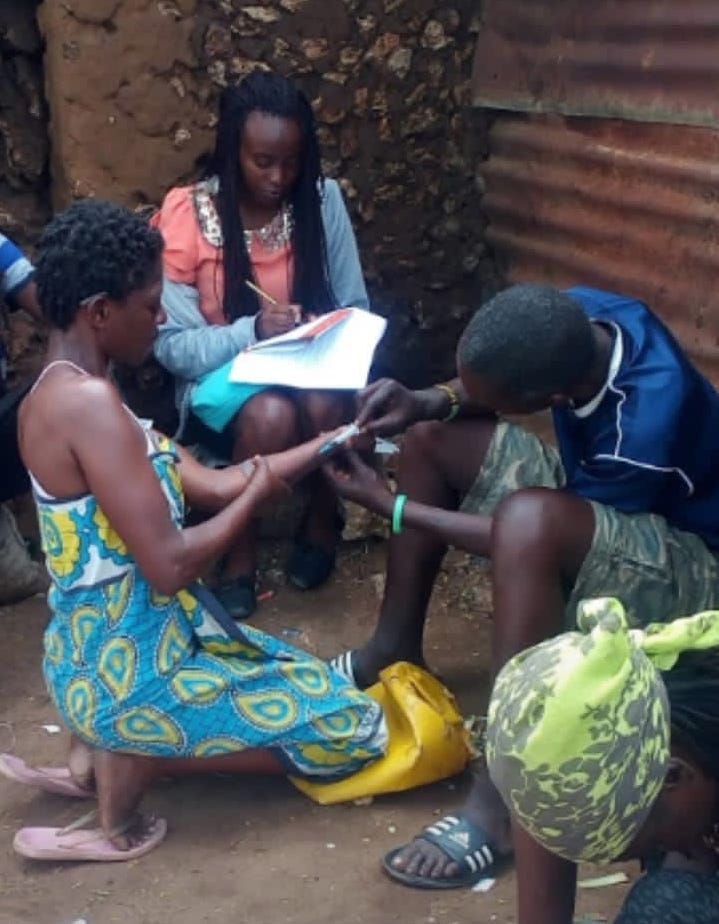
Based on Community Based Participatory Research (CBPR) in 2020, MEWA reached out to young people who use drugs between the ages of 15 and 24 years. In 2021, this was done through various interventions in Mombasa, Kenya. This included:
- School based interventions;
- Outreach strategies;
- Psychosocial and clinical support;
- Livelihood support;
- Working together with law enforcement to improve support and counter the developments towards severe punishments of young people who use drugs;
- Working on a national implementation guideline on mental health, together with partner organizations.
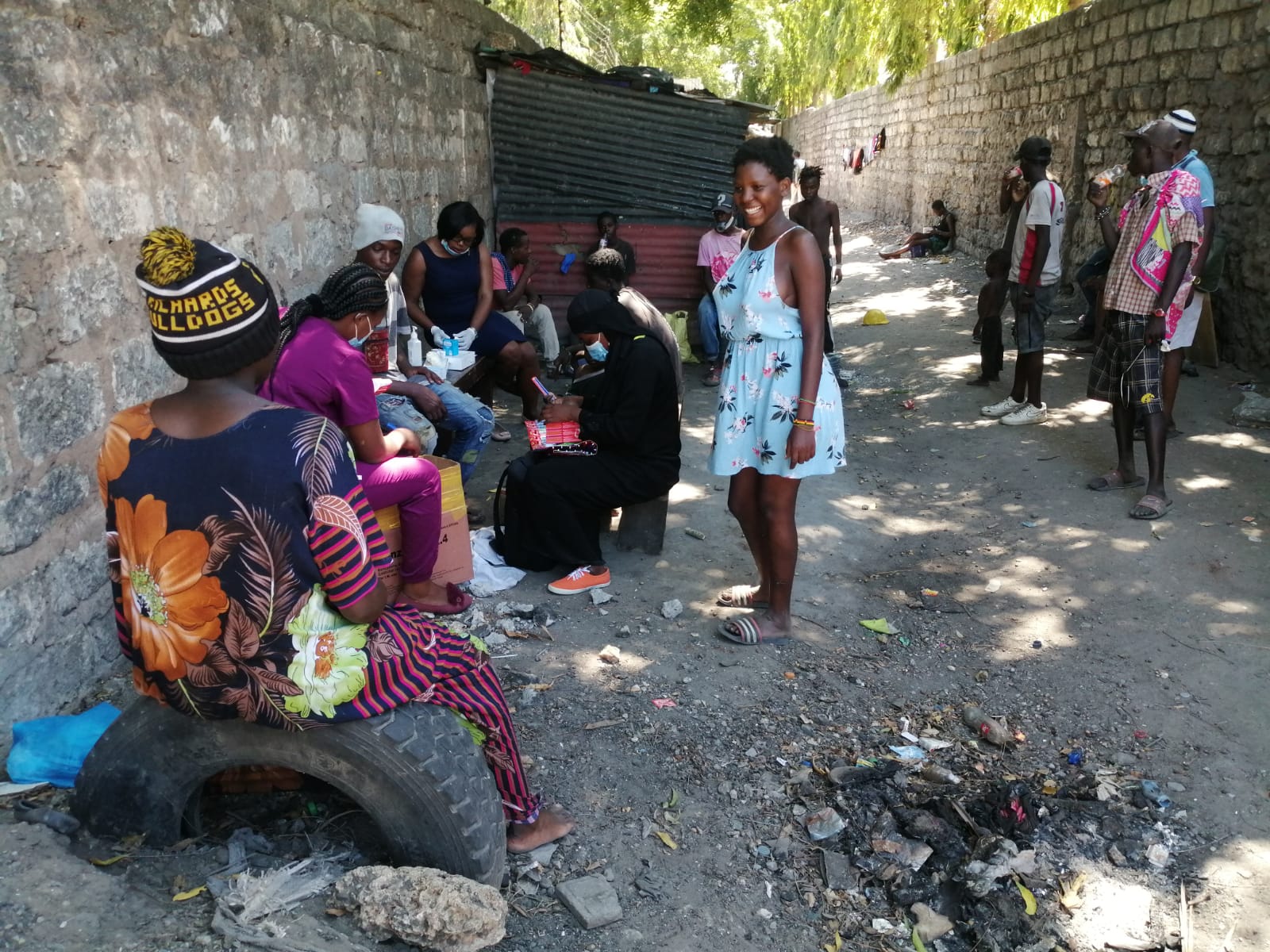
Lighthouse in Hanoi (Vietnam)
While setting up the one stop shop we also worked on demand generation and a lot of social media awareness raising to lead young LGBTQI+ to our services. For instance through the my health my choice campaign.
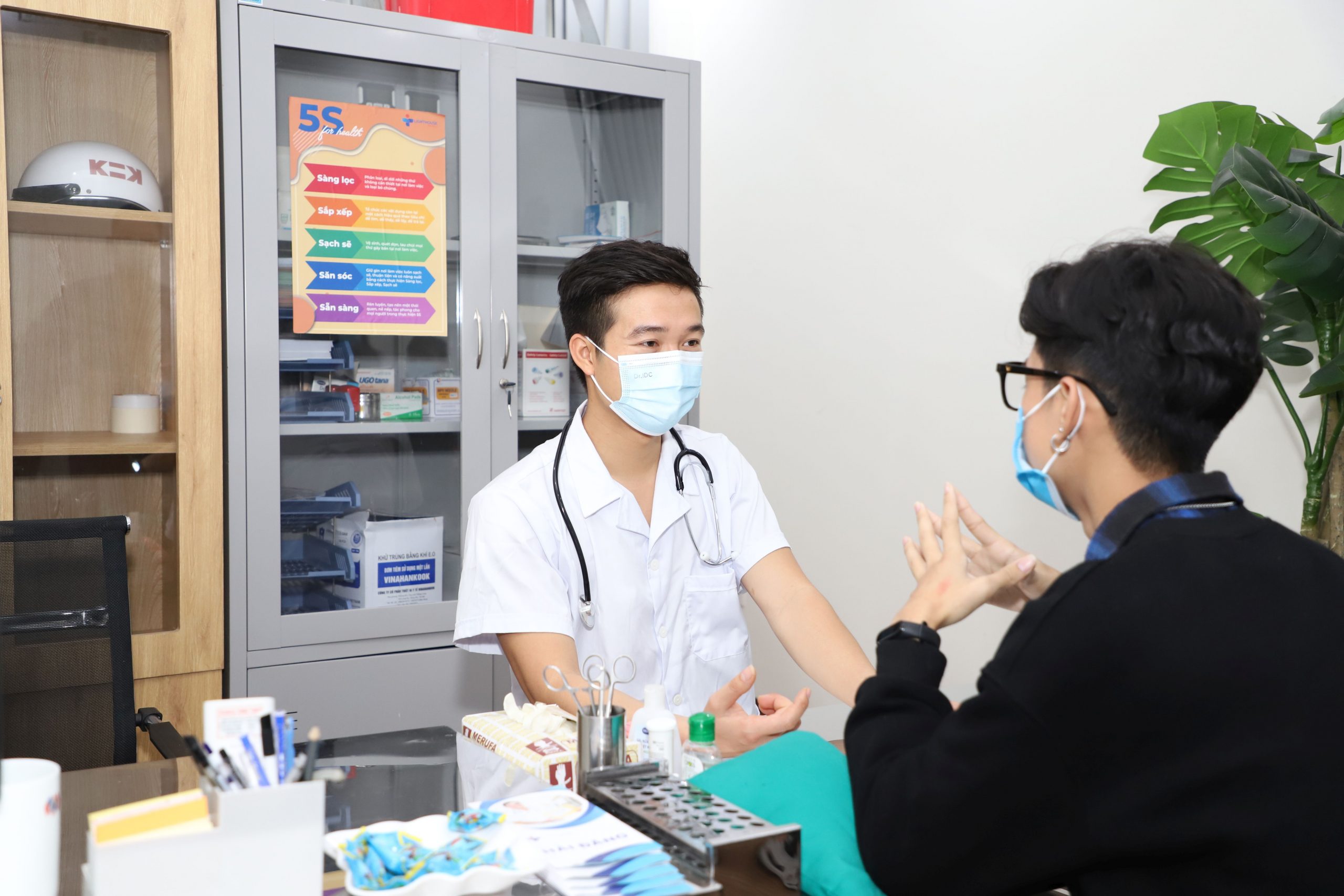
Lighthouse set up the Hoymas one stop shop for the LGBTQI community. While it does not primarily target young people who use drugs, low threshold services are offered for them. The Lighthouse one stop shop clinic includes hiv counselling and treatment, sexual and mental health counseling, harm reduction and substance abuse services. It is welcoming and offers qualitatively high and diverse services.
Moreover, they provided the TOT training in two other more rural areas in Northern Vietnam, so they could learn from yje lessons learned. They organized sensitization trainings and after six months we do the post-assessment to measure the health facility and what has to be done further. The national summit was with 150 people and we discussed equality and equity for lgbtqi and how people can be engaged in addressing their issues. During this event we looked forward to a brighter future for LGBTQI community in Vietnam.
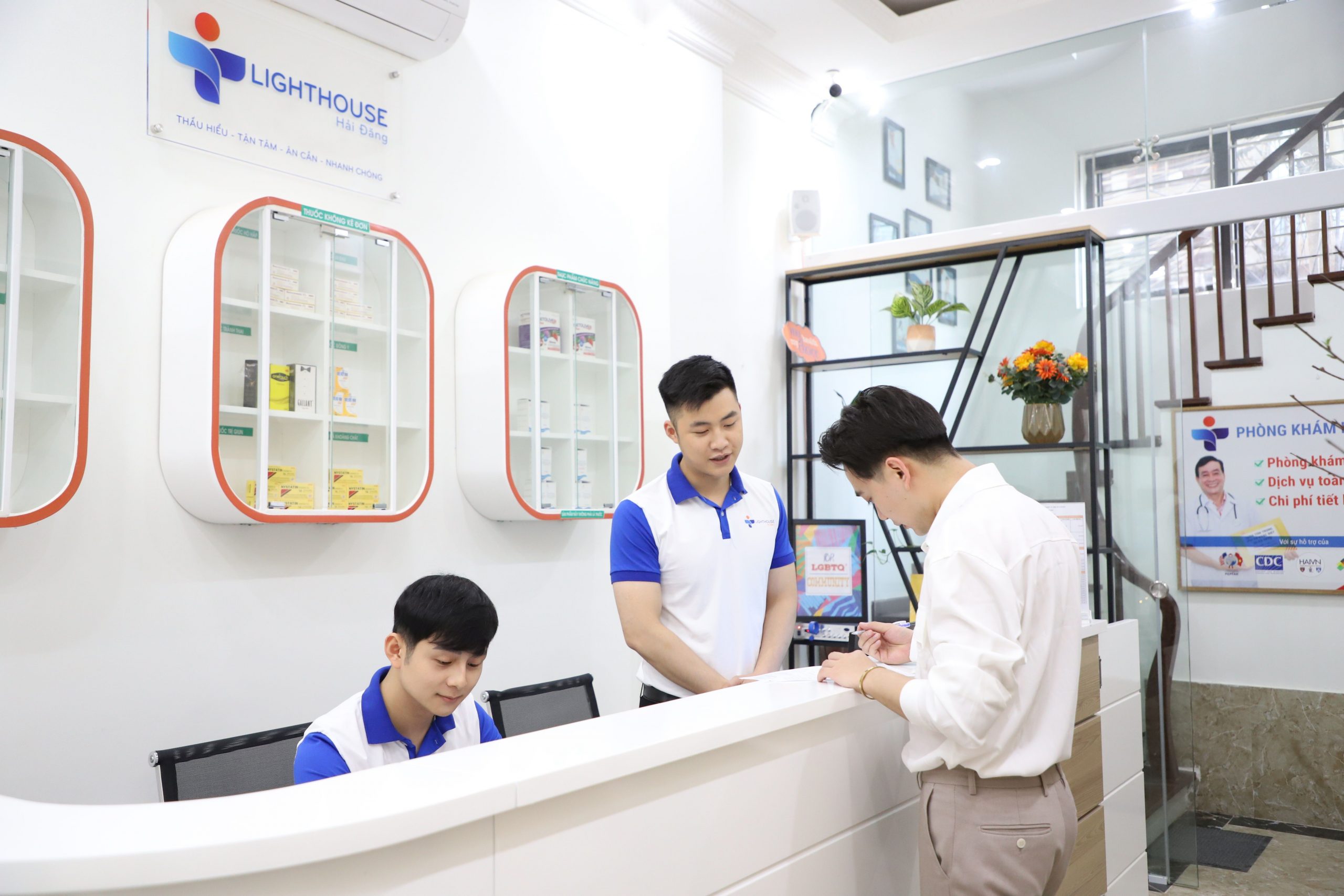
Challenges along the way when offering harm reduction to young people who use drugs
Gaining access takes time
Gaining access to communities takes time, particularly when trying to reach new (sub) communities. Somehow, it always takes more time than anticipated. This has to do with the time and dedication required to build up meaningful trust relationships with community representatives, and with building up relationships with relevant partners and professionals in the field. Unforeseen circumstances can make it hard to gain access to the right places or people. And its not uncommon that professionals do not have the will or capacity to support your activities.
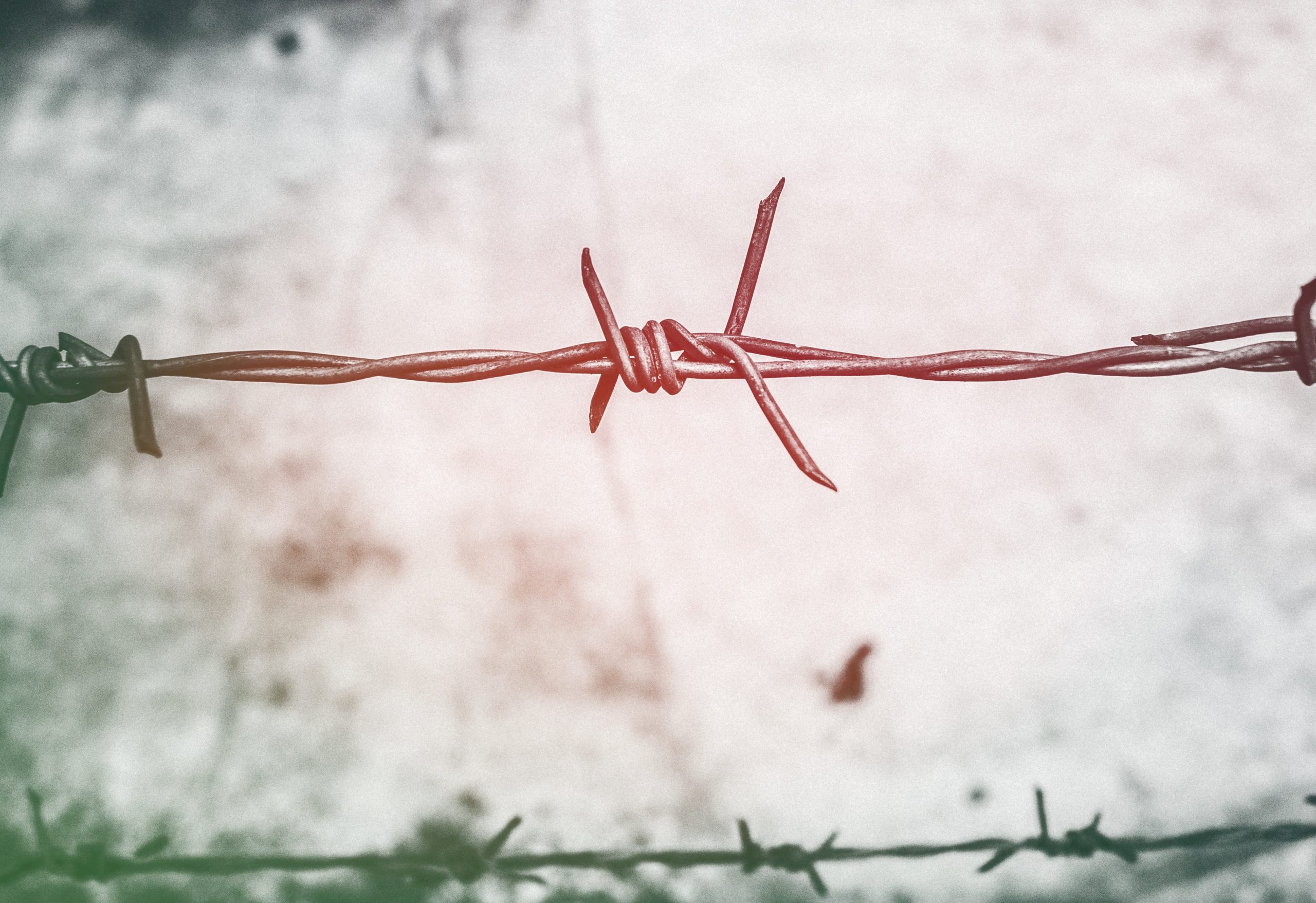
Due to covid we only got back to the office in January. We were still in lockdown. But the gatekeepers did not let us into the communities: we wanted awareness campaigns and sensitization trainings and we would stick to the protocols but they wouldn’t allow us into the community. Eventually we found a way around that, but this was a major challenge.
We need flexible and integrated care
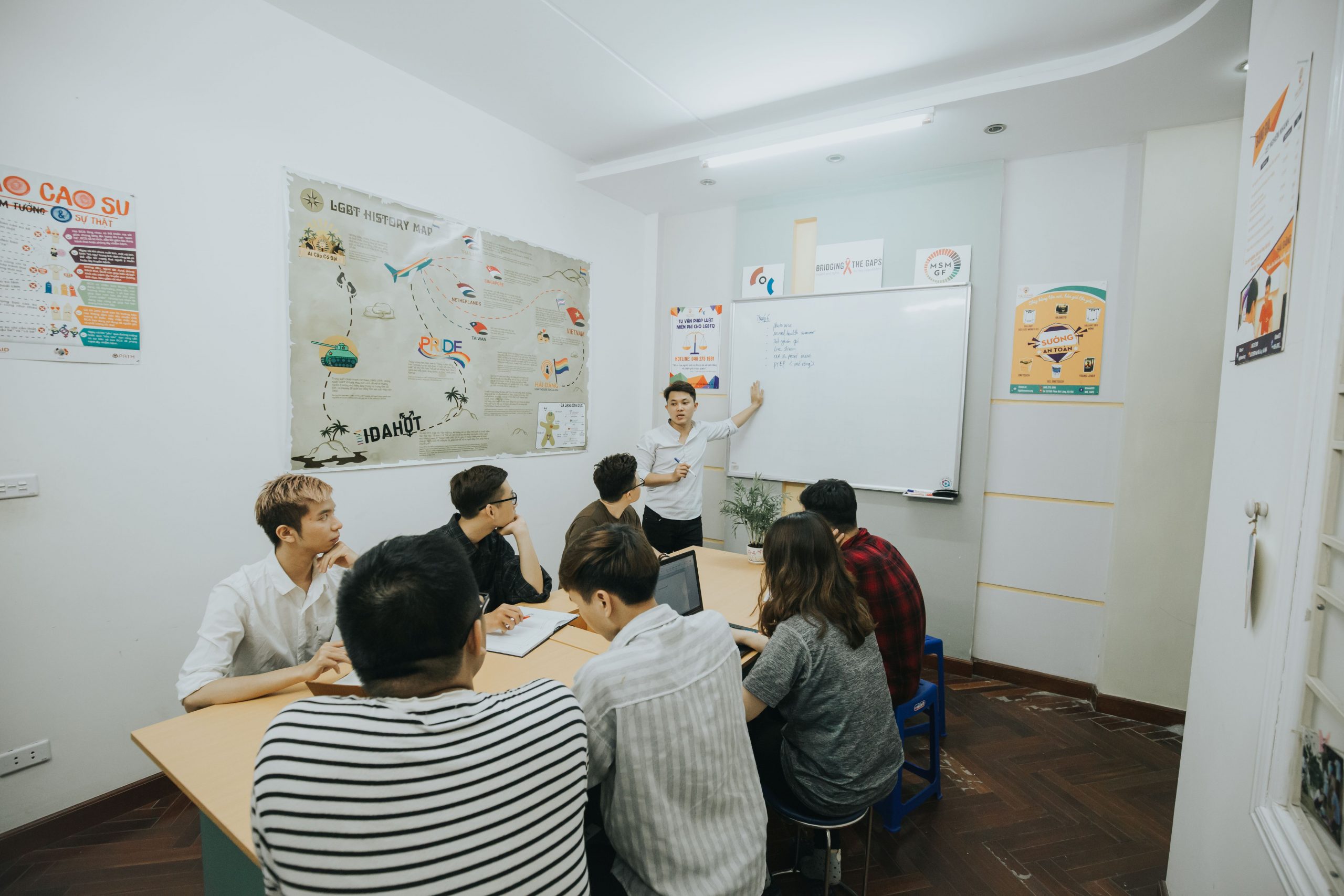
‘The peer support network must go beyond psychotherapy. Socio-economic support is important, especially for young key populations.’
MEWA change story.
‘We offered everything online, and we integrated our hiv services with the covid services. It gave us the opportunity to develop new methods. We did not have the online knowledge and expertise, we had to learn, so things took longer.’
Doan Thanh Tung, Lighthouse
Where to find funding?
Everyone working in the field of harm reduction knows it: there is great shortage of sustainable harm reduction funding, particularly in low- and middle income countries. This financial crisis is explained in the Harm Reduction International report “Failure to Fund”, published in May 2021.
While this financial crisis can only truly be solved by more financial investment, and short term projects, underfunding and lack of political support remain to be major challenges world wide, the Eurasian Harm Reduction Association’s collection of case examples in alternative financing (2019) is worth mentioning as inspiring document.
The road to success when offering harm reduction to young people who use drugs
In the ‘Country policy analysis and best practice research report’ from the ‘Young, wild and… free?’ project, three main recommendations have been made regarding support to young key populations:
- Adapt services and support to young key populations’ needs
- Create an enabling policy environment
- Improve and expand research on young key populations
Good practices regarding harm reduction and support services for young people who use drugs
1. Low threshold mental health support

2. Sensitization trainings for healthcare professionals
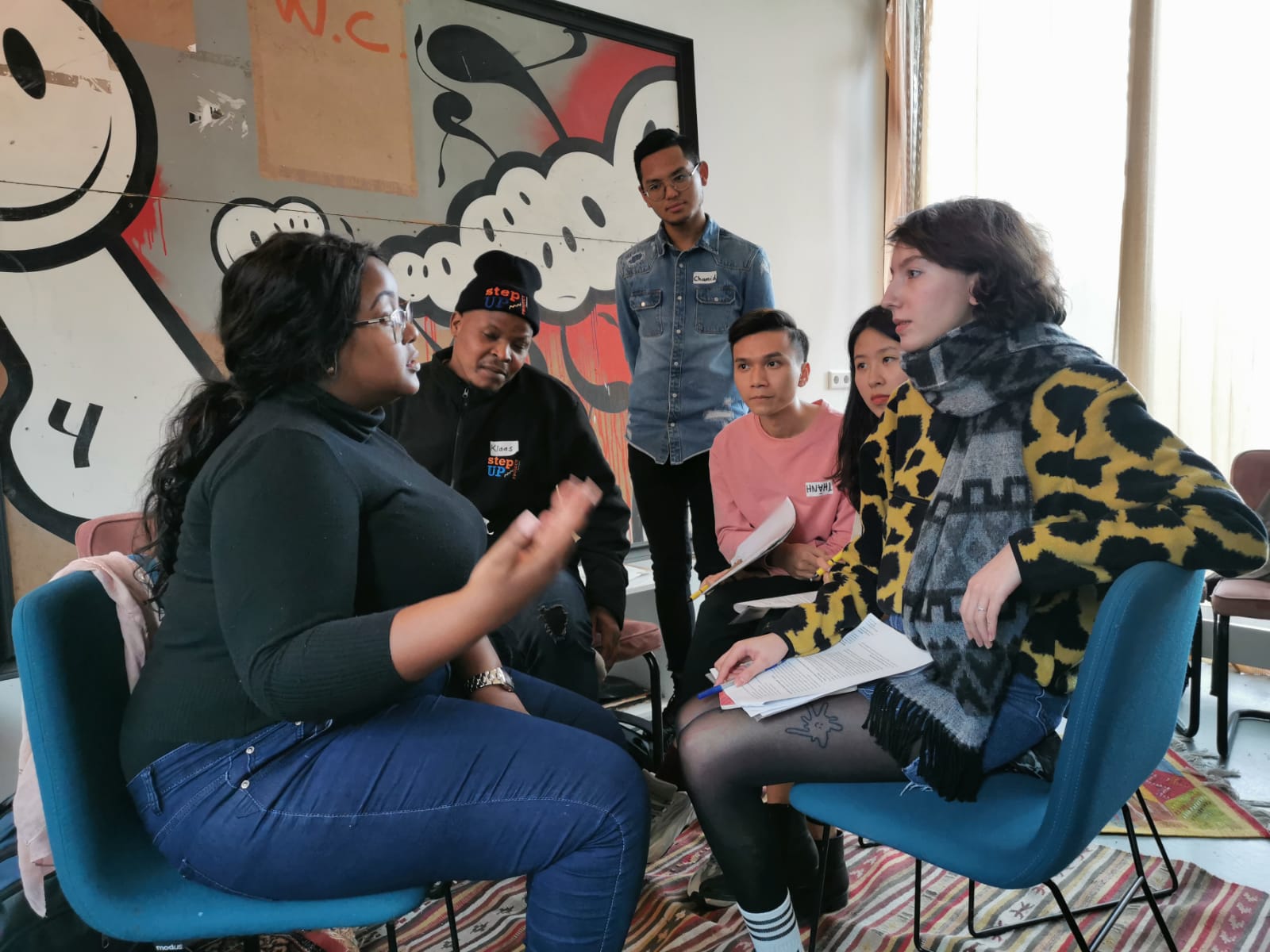
We sensitized the health care services and they are really more receptive to young people who use drugs. When we began they were really closed up. Through dialogue and training they opened up and started seeing the benefits for the community. During the second round they were much more open for harm reduction and they had more harm reduction tools to support young people who use drugs.
3. Monitoring and responding to cases of human rights violations
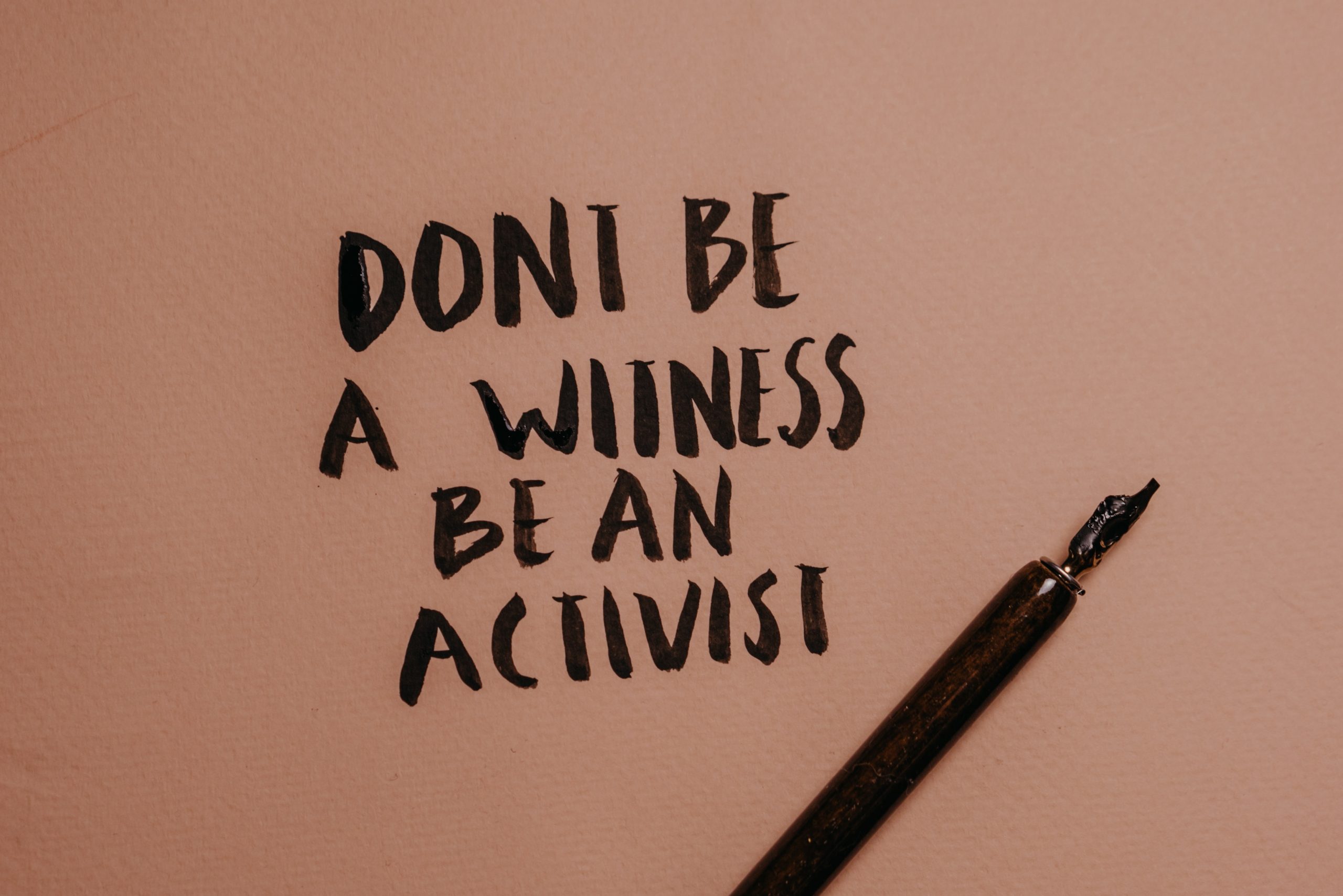
Project experience demonstrates that the rights of adolescent drug users are often violated, and this fact remains unknown to anyone from their close environment, including parents. Lack of response leads to repeated cases of violations, thus creating barriers in getting timely assistance, and, as a result, increases the possibility of negative consequences of drug use and unsafe behaviours.
4. Video advocacy
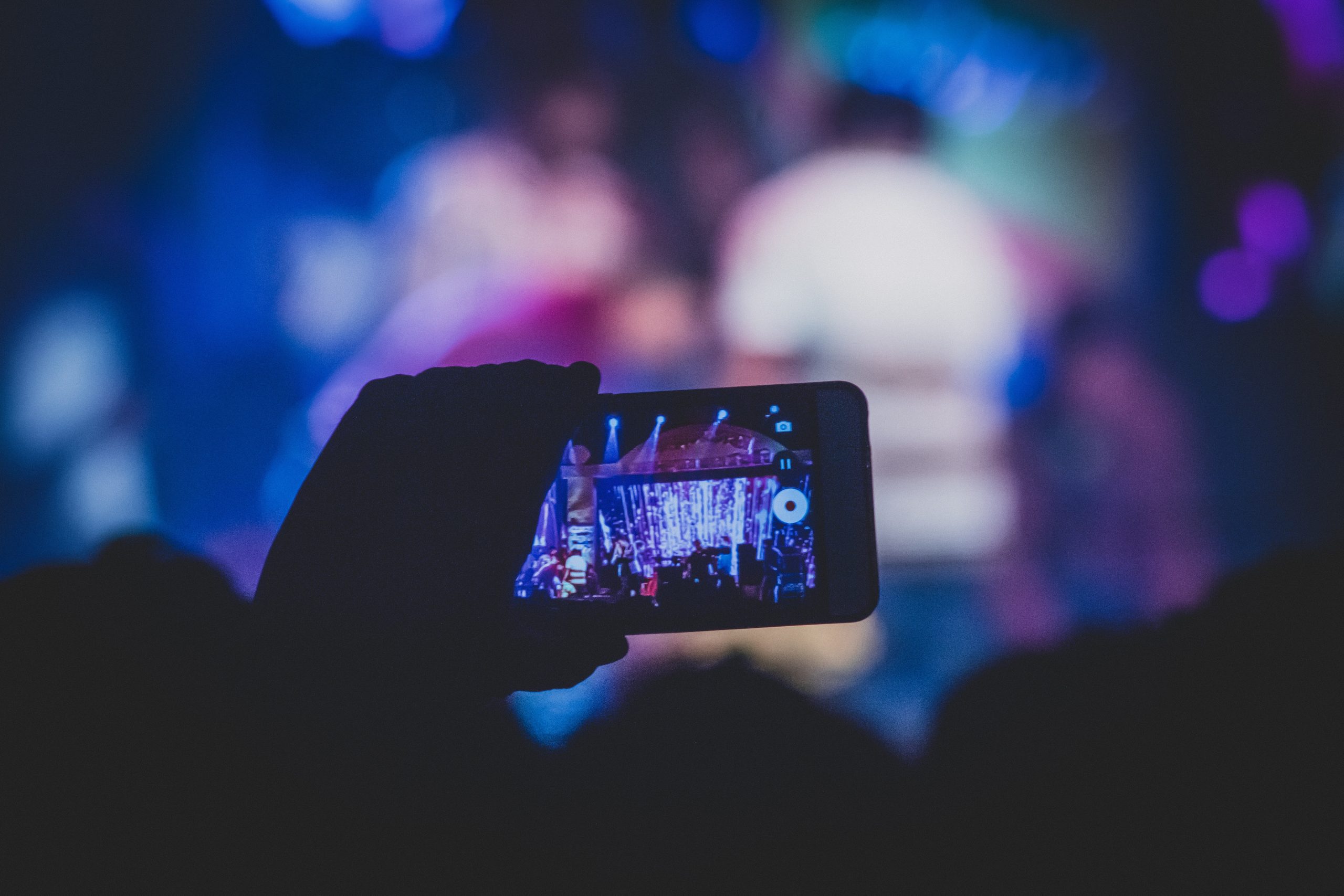
Videos, short plays, storytelling, social media campaigns and street art projects are possible methods to engage young people. It is important to provide the young advocates with opportunities to meet and network with their peers. Supporting young PWUD to engage in local, provincial, regional, national and global decision-making spaces can also be effective.
5. Working together with law enforcement

Many of the young people we reach out to are petty offenders. Through our collaboration with law enforcement, people are offered counselling after arrest, instead of being sent to court.
6. One stop shop

The development of a one stop shop clinic helps us to continue offering our services without foreign funding. It has helped us advocate among the Vietnamese government to get support in addressing the needs of young key populations in all hiv services.’
Resources
Harm reduction services for young people who inject drugs
https://youthrise.org/wp-content/uploads/2021/06/FOR-WEB_YL_FINAL-CASE-STUDIES-REPORT_2021.pdf
HIV and Young people who inject drugs
World Health Organization technical brief on HIV AND YOUNG PEOPLE WHO INJECT DRUGS (2015):
https://www.unaids.org/sites/default/files/media_asset/2015_young_people_drugs_en.pdf
Young, wild and… free? Resources
This includes four community based participatory research reports, four change stories, one desk research report and many more: https://aidsfonds.org/young-key-populations-resource-page
